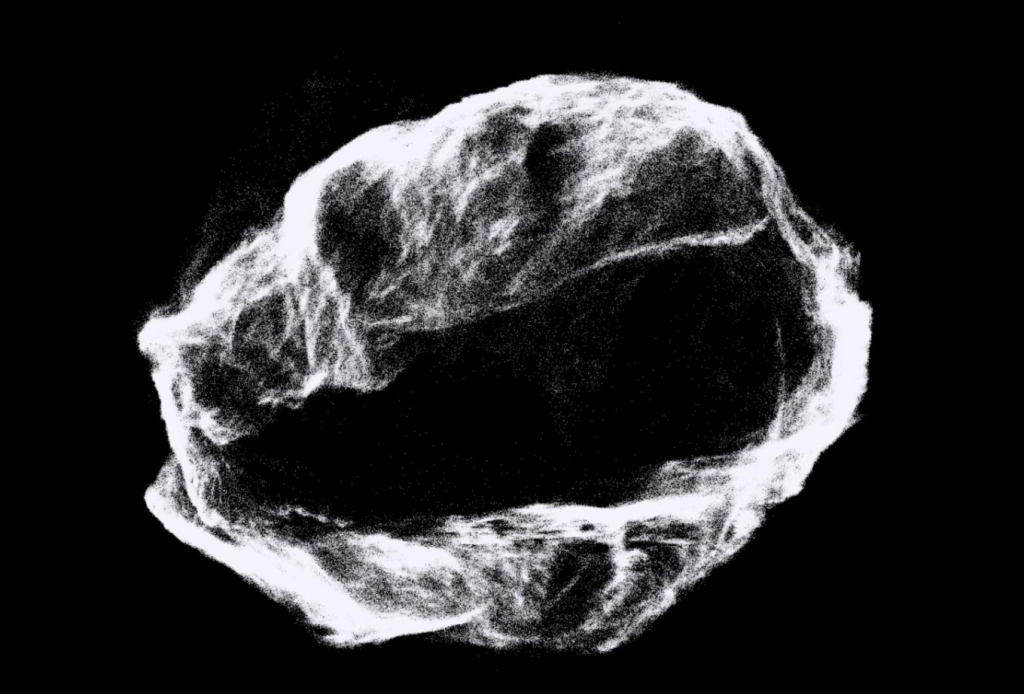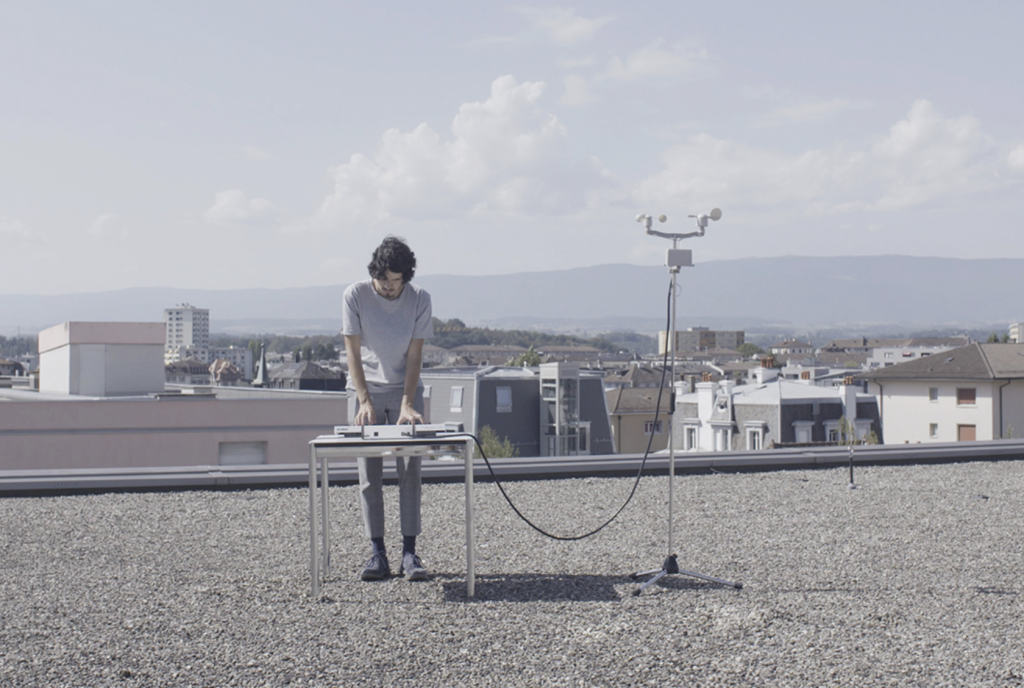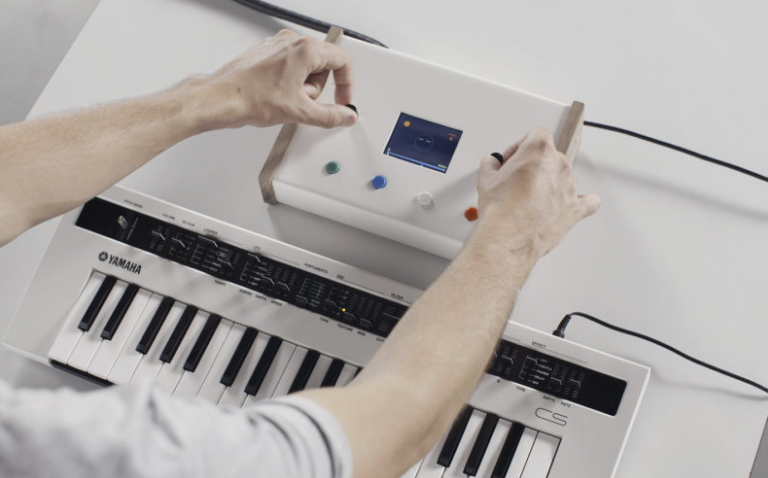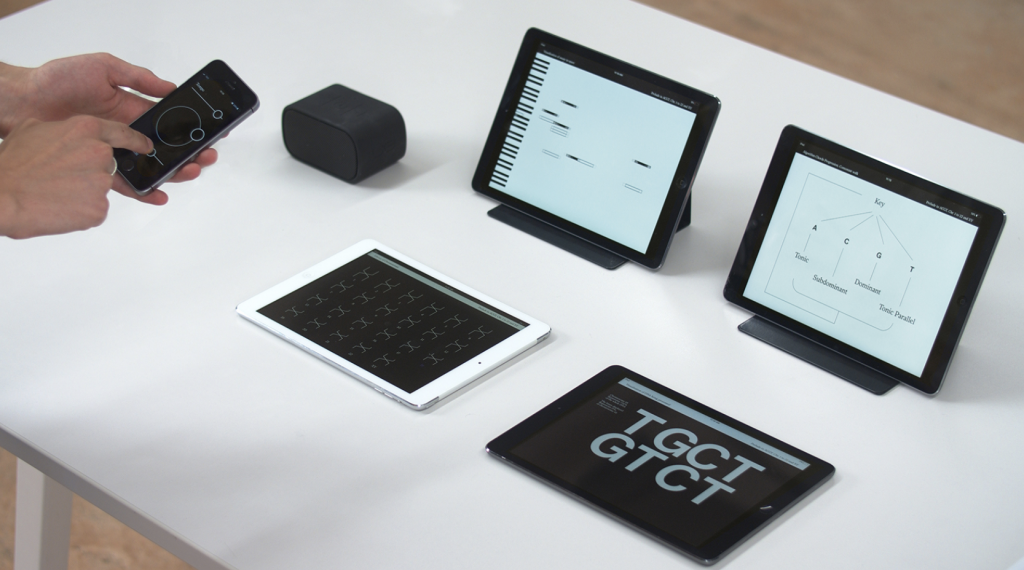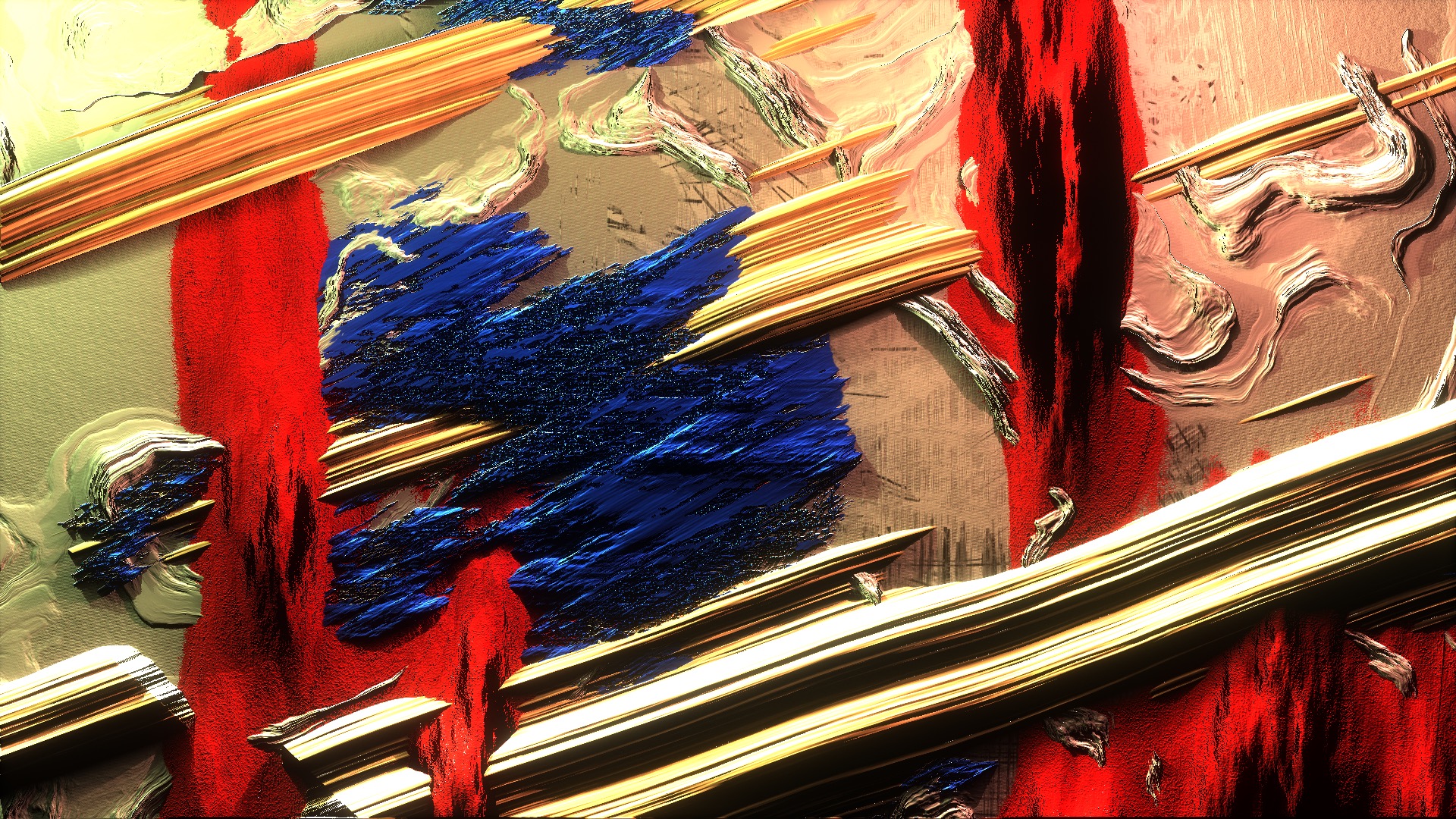For this weeks LO, I looked into how computational softwares + algorithms could be incorporated into art that combines both visual and sonic elements.
I came across the music video for Howler Monkey by German duo Meier and Erdmann. The video itself was created by Victor Doval, a visual artist, that developed an algorithm that tracks the frequencies in the song to generate an ever-changing landscape.
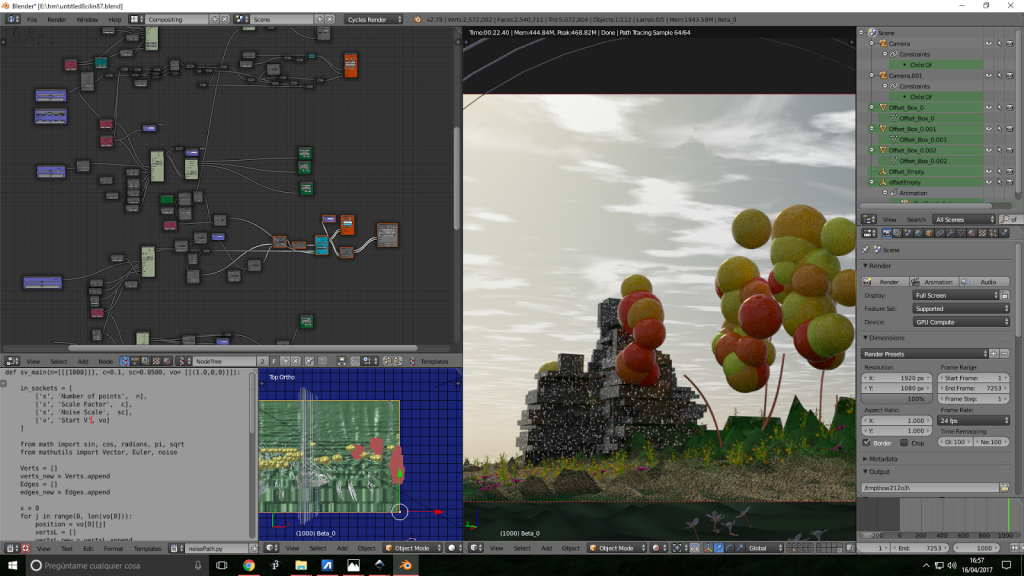
I felt that this work was especially intriguing because it comments on the human perception of music. Although music and sound can have lasting effects and influences on our lives, the experience of listening is inherently an extremely temporal process.
Doval’s visual interpretation of how we are forever impacted by any sound/song we encounter and engage with while each passing second is temporary through a generative landscape begins to question the purpose of art in our lives. By using algorithm and software to help situate the listener in a virtual (and visual) space, Doval allows us to question why we seek art (in all forms and mediums) when inherently, each fleeting moment with the pieces are so temporal; do we seek immediate pleasure, or hope to grow with each time?
![[OLD FALL 2020] 15-104 • Introduction to Computing for Creative Practice](../../../../wp-content/uploads/2021/09/stop-banner.png)

